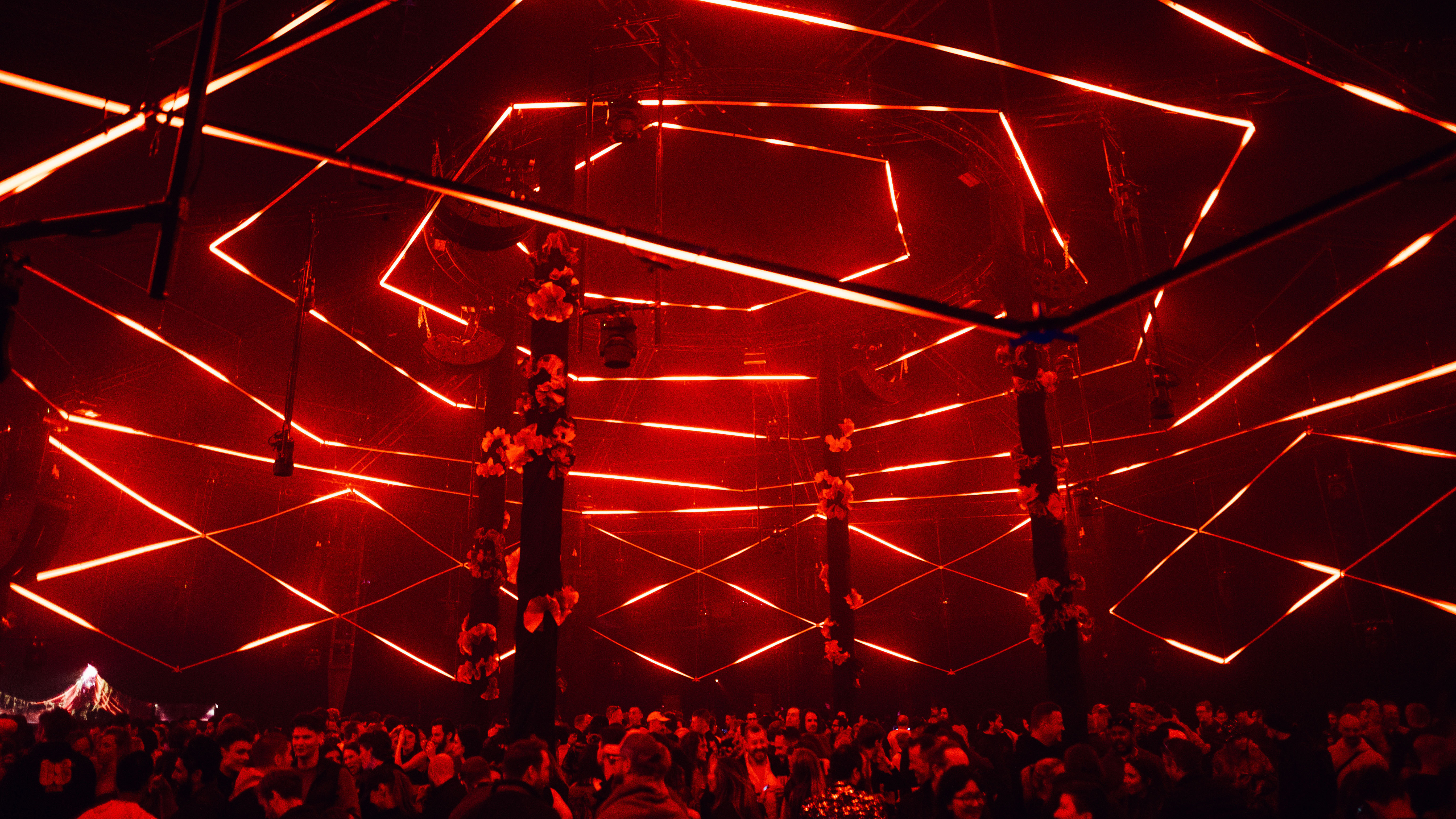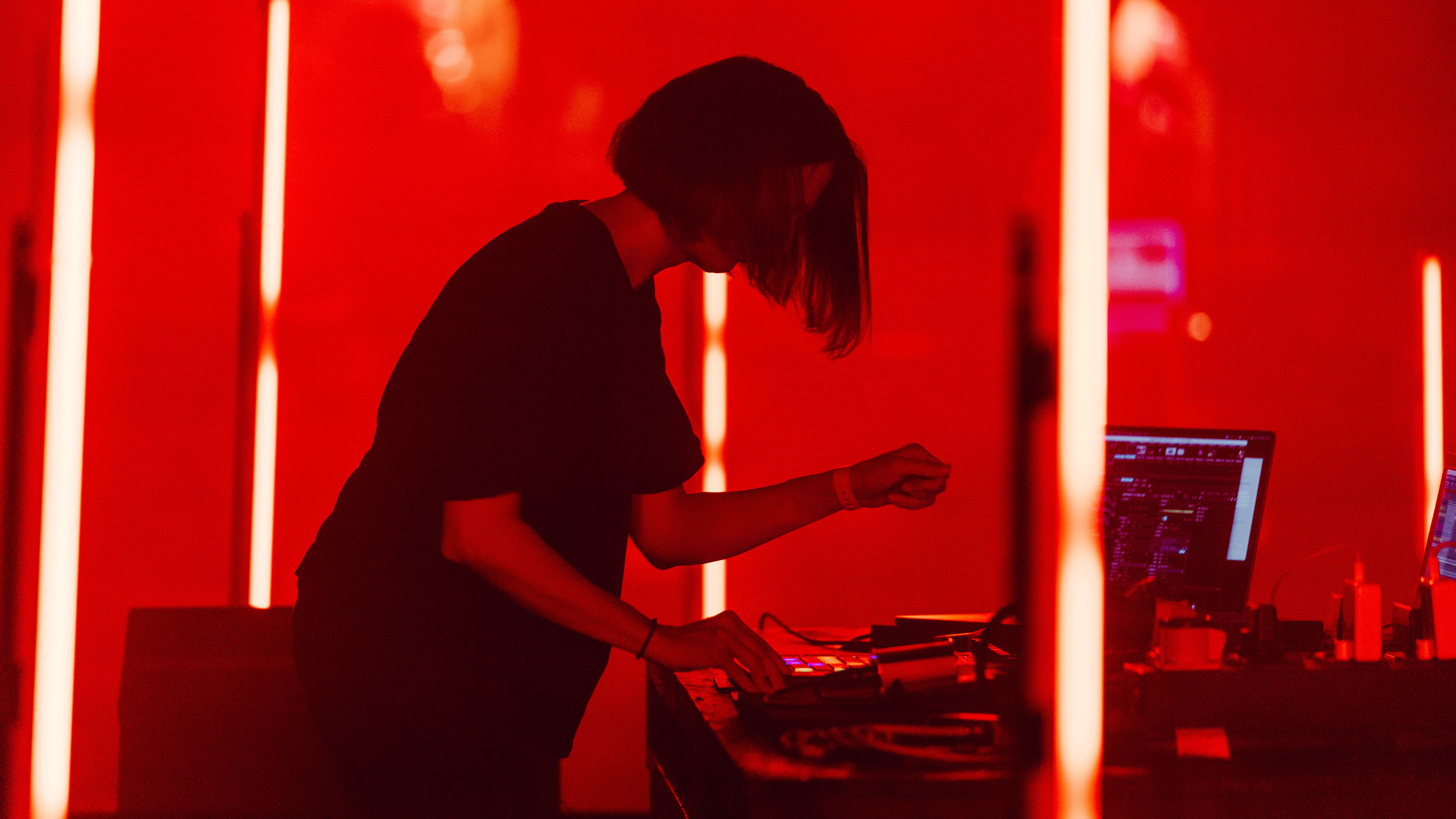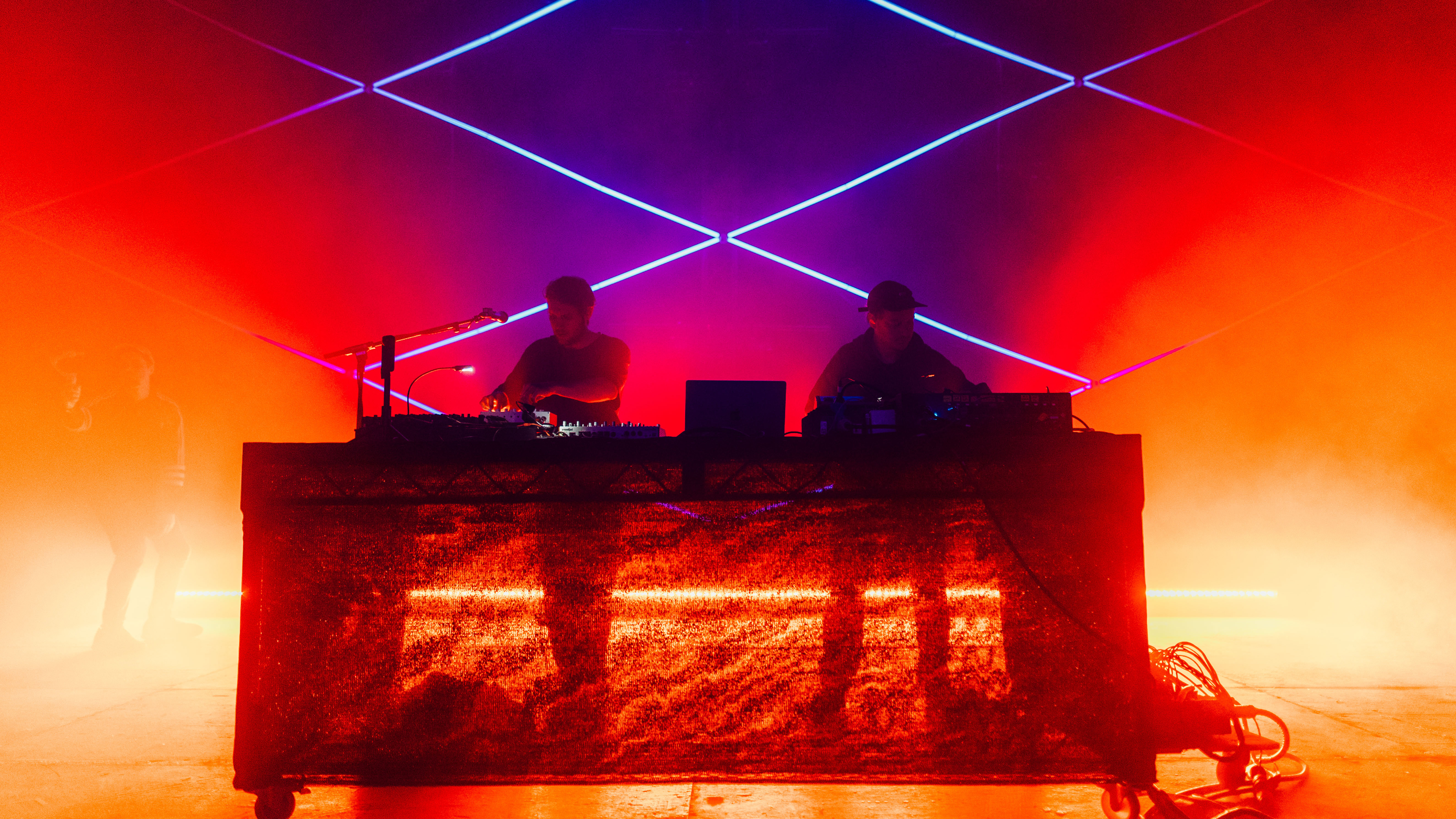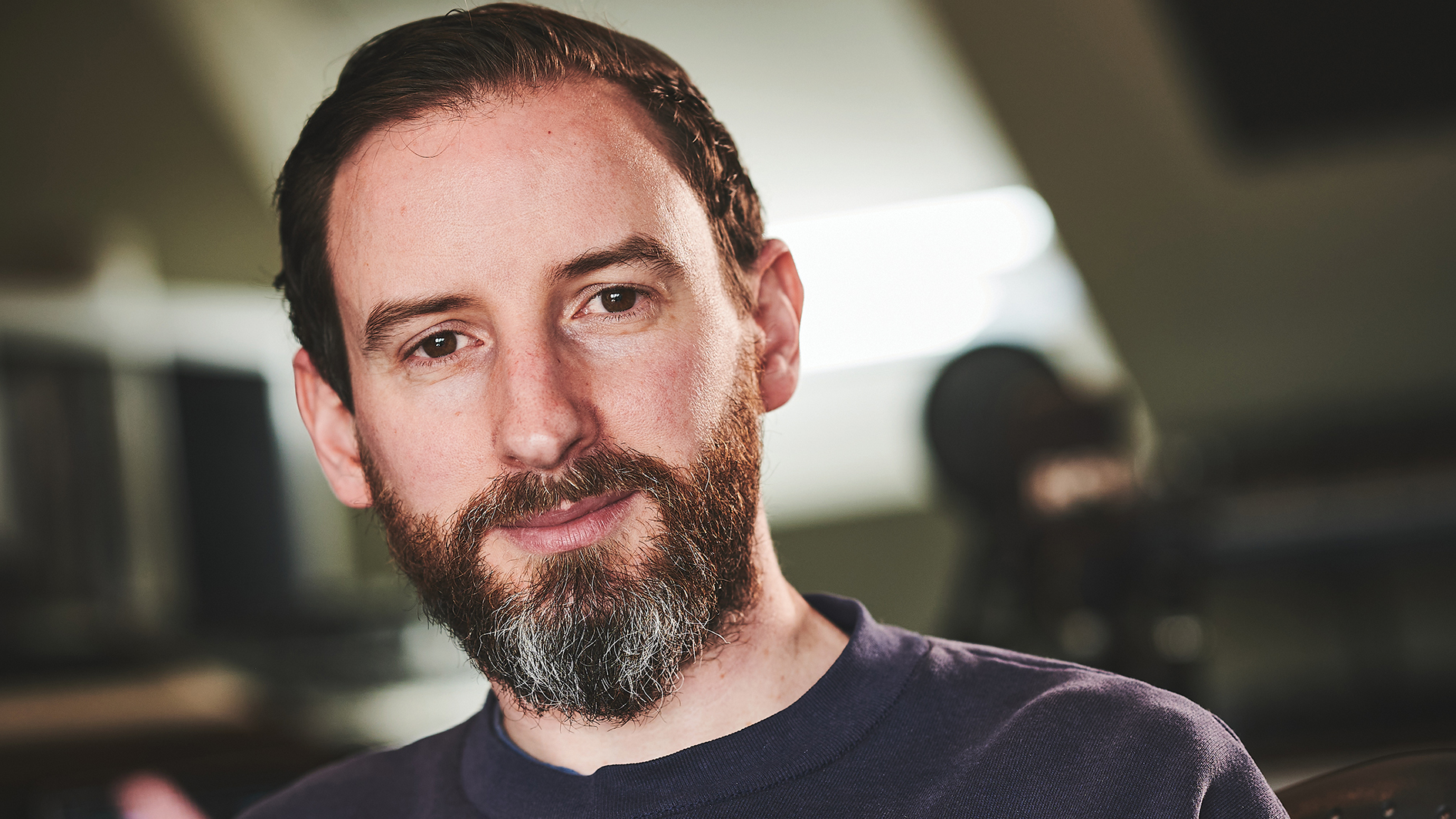Can immersive audio work at a festival? We went to Polygon Live to find out
London’s biggest live 3D audio event showed us the potential – and limitations – of spatial audio in the wild

There’s little doubt that immersive audio can be highly effective in a variety of listening environments. Between modern multi-speaker cinema setups and the headphone experiences powered by Apple’s adoption of Dolby Atmos, it’s fair to say we’ve now entering a post-stereo age, where concepts like 3D audio and binaural mixes are no longer an experimental novelty.
But is it possible to offer an immersive audio experience at a music festival? This is exactly what Polygon Productions attempted with its recent Polygon Live event, which took over a corner of London’s Crystal Palace Park at the beginning of May.
One thing the event had very much in its favour was a smartly-curated, strong line-up, which ranged from live acts on the Friday including Saharan guitar band Tinariwen and the wonderful Pakistani-American songwriter Arooj Aftab, to more electronic Saturday and Sunday bills headlined by Max Cooper and Kiasmos.
Acts all played on a single stage, housed inside a tent, which featured a 360 degree speaker rig provided by L-Acoustics that placed speakers in a ring around the space, as well as a few directly above the crowd.

Polygon’s organisers worked with each act ahead of the festival - as detailed in our earlier feature - in order to help each make the most of this setup, meaning that the majority of the weekend’s set did feel like they were capitalising on the possibilities of this unique speaker setup, rather than letting it go to waste.
There are moments when the aim of being ‘immersive’ leads to confusion though. Jon Hopkins, who is billed first on the Saturday but proves to be one of the day’s biggest draws, is booked under the banner of ‘Ritual 360’ - presenting a version of his recent ambient album. It’s not entirely clear if this is presented as a live set of just playback of prerecorded material though.
Arriving in a packed tent with no obvious visual focal point and drones emanating from all sides, much of the crowd appears unsure where to look, or if there is even anything to look at.
Want all the hottest music and gear news, reviews, deals, features and more, direct to your inbox? Sign up here.
This is cleared up towards the end of the set, however, when Hopkins appears on a stage at the front of the tent and plays a beautiful - if short - set at the piano accompanied by a minimal arrangement of live strings.
The rest of the festival’s sets take place on the same stage, and the confusion isn’t repeated. Hopkins’ set does highlight another shortcoming of the setup, however - his popularity means the tent is packed out, and some latecomers end up stood outside the ring of speakers, meaning that the edges of the crowd miss out on the full experience.

For the rest of the weekend, the immersive audio experience works best when you hardly know it’s there. An excellent set from adventurous synthesist Halina Rice uses the full range of speakers to wrap the audience in her mutating electronic grooves.
Even here though, it’s evident that 360 audio suits some sounds better than others. There are moments when a hi-hat or percussive element moves behind or to the side of the audience and - depending on where you are in the space - creates an audible delay with the kick placed at the front, creating an effect akin to a ropey DJ mix.
A standout set from Dutch duo Weval provides one of the weekend’s best applications of the 360 setup. The pair play a joyful live set of garage-inflected house grooves and melodic synth lines where the immersive capabilities are deployed subtly, allowing synth pads to swell around the audience and meaning even those towards the back of the crowd feel fully engaged with the music.
It’s worth saying that, although we are nitpicking elements of the sound here, that’s purely due to the fact that it’s presented as such a key factor in the festival’s MO. On the whole the focus on audio quality means the live sound is mixed better than many festivals we’ve attended, and the L-Acoustics rig does a great job of distributing the levels evenly throughout the space.
The tent’s lighting rig, composed of an interlocking lattice of strip lights synced to the music, is nicely designed to.
These elements come together perfectly for a headline set from Max Cooper, who plays his typically eclectic range of tempos and rhythms, making full use of the 360 tech. Stripped of the 3D visuals of his headline shows, it puts all the emphasis on Cooper’s ability to blend between genres and ideas, often making hard turns aided by creative use of effects. It’s an excellent marriage of artist and space.
I'm the Managing Editor of Music Technology at MusicRadar and former Editor-in-Chief of Future Music, Computer Music and Electronic Musician. I've been messing around with music tech in various forms for over two decades. I've also spent the last 10 years forgetting how to play guitar. Find me in the chillout room at raves complaining that it's past my bedtime.
You must confirm your public display name before commenting
Please logout and then login again, you will then be prompted to enter your display name.
